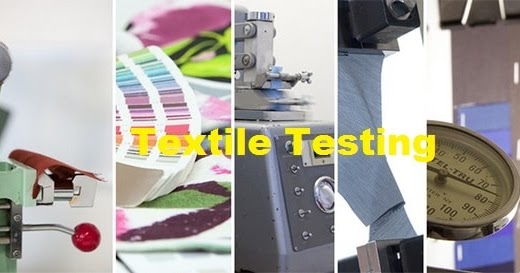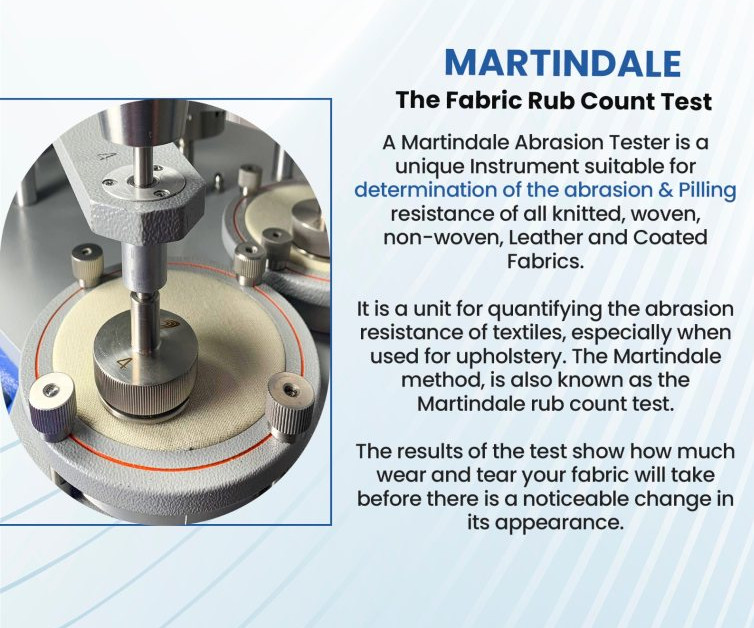Ten Secrets You Will Not Want To Know About Textile Testing Instrument

In recent years, the textile industry has grown rapidly and textile quality has become one of the main focuses of industry research. To ensure the quality and safety of textiles, Textile Testing Instruments are increasingly being introduced into production lines.
Textile Testing Instruments help manufacturers to check the physical and chemical properties of textiles and ensure that products meet national and international standards. Here are 10 secrets about Textile Testing Instruments that you don't want to know.

1. Handheld testing instruments are easy to carry and suitable for field testing, but their data is less reliable compared to large testing instruments.
2. Small textile instruments can work in small places such as laboratories, such as fiber spinning instruments, etc.
3. Large textile instruments need to be installed in a larger space. Usually carry out testing of clothing, fabrics and industrial products, etc.
4. A technician wearing an inspection suit can test the properties of various textiles by receiving signals transmitted by the instrument.
5. X-ray inspection is a common textile testing technique, but requires specialized personnel to operate it and protective equipment due to the hazards of radiation.
6. Manufacturers can use Textile Testing Instruments to measure parameters such as textile insulation and breathability to regulate production processes and improve product quality.

7. Natural fibers such as cotton, wool and silk are relatively easy to test. Compared with them, man-made fibers and chemical fibers are more difficult to detect.
8. In order to reduce errors in the testing process, the operator needs to regularly maintain the testing instruments, including calibration and cleaning.
9. For different types of textiles, different testing instruments need to be used, because the testing methods and standards for various textiles are different.
10. Textile testing instruments can test textile properties such as tensile, flexural, permeability and resilience to help manufacturers predict yield and product life.
Overall, Textile Testing Instruments plays an integral role in the textile industry. Manufacturers can use testing instruments to check the performance of textiles and thus improve production efficiency and product quality. Of course, operators need to understand the operating principles of the testing instruments and actively maintain the equipment in order to take advantage of Textile Testing Instruments.
2023-04-12 10:58


